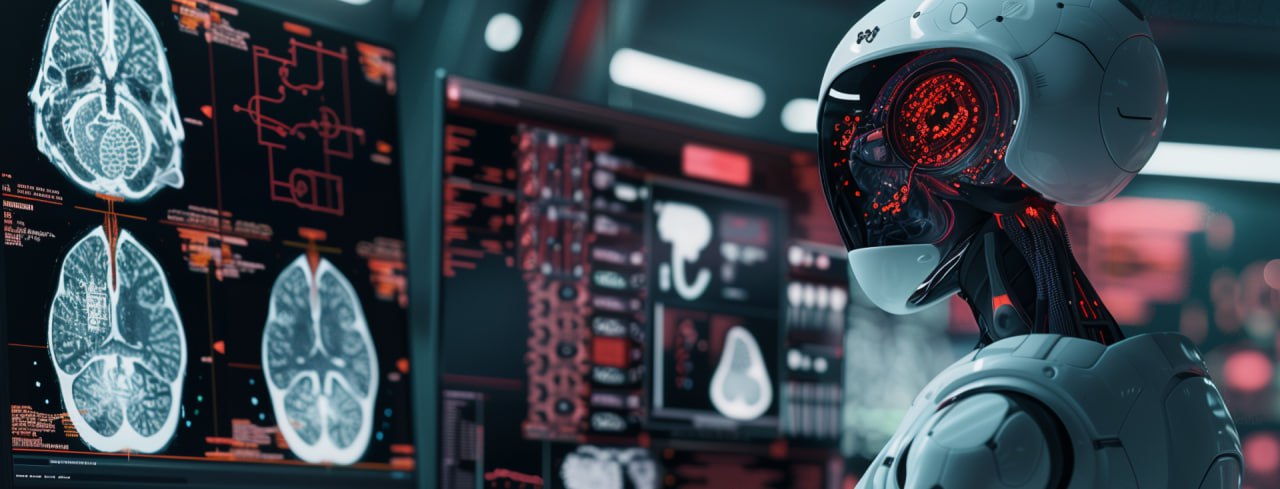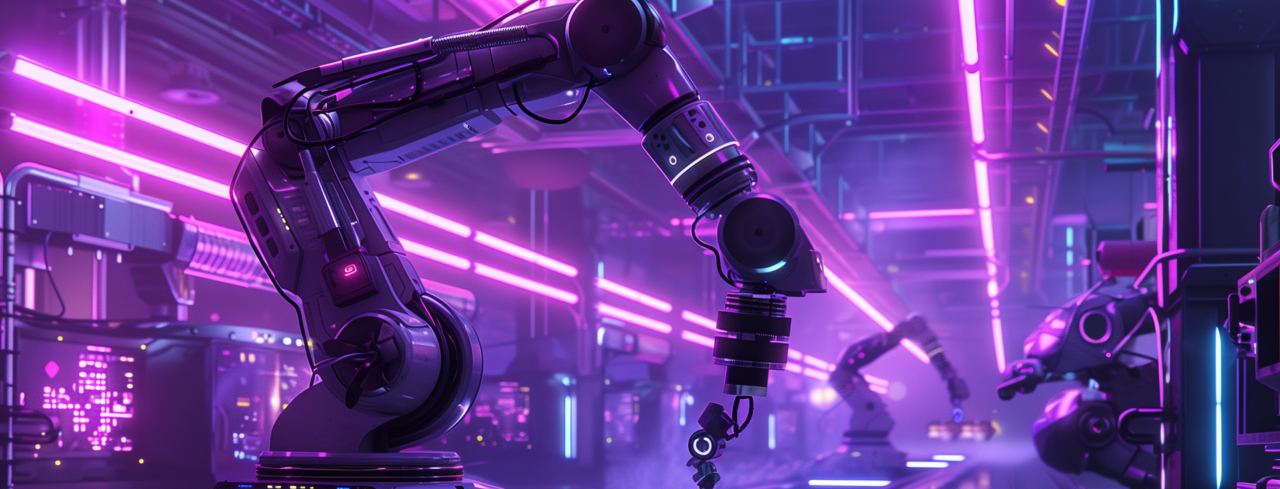This issue of #InfocusAI will delight you with news about how archaeologists and chemists are changing traditional approaches to research using AI and how Stability AI is going to transform visual media with the help of James Cameron. Also, you will learn about the AI model from Russia to combat telephone fraud and the speed of adoption of generative technologies in the United States.
AI-focused digest – News from the AI world
Issue 50, September 12-26, 2024
AI helped scientists find 300 ancient Nazca geoglyphs
Archaeologists from Japan have found 303 previously unknown figurative geoglyphs (i.e. large ground designs) on the Nazca Pampa in Peru, using artificial intelligence technology to analyze aerial photographs. They reported about this on the PNAS journal pages, noting that they managed to find more than three hundred ancient designs thanks to AI in just 6 months, whereas the discovery of the previous 430 figurative geoglyphs of the Nazca culture took almost a century. It is noteworthy that the AI model trained on only a few hundred images of geoglyphs was able to find even relatively small relief-type designs that are very difficult to distinguish.
MIT has created an AI model to determine the structure of crystalline materials
A little more about how AI helps science. MIT scientists have developed a generative model to determine the structure of crystalline materials (metals and many other substances in which particles are arranged in a strict order). Traditionally, X-ray crystallography is used for these purposes. But this method may not be enough if you need to determine the structure of a substance in a powdery form containing only random fragments of crystals. An AI model created at MIT called Crystalyze predicts what the structure of such materials might look like based on X-ray diffraction patterns, generating several possible variants for each diffraction image. These variants of structures can then be verified by feeding them into a model which determines their diffraction patterns. If the diffraction pattern of one of the structures coincides with the given initially, then most likely this structure is correct. More information about the method can be found on the MIT News website.
Americans are adopting generative AI faster than previous technologies
The penetration of generative AI into the lives of Americans is going faster than it was with previous technologies – the personal computer and the Internet. This is the main conclusion from a recent representative study among the US residents on the use of GenAI at work and at home. According to the survey, 39.4% of Americans aged 18–64 use products based on generative AI. This is the data for August 2024 — almost two years after the technology was introduced. Two years after the introduction of the Internet, only 20% of the US residents used it, and it took three years for personal computers to reach a 20% bar for the number of users. Other study findings can be found here.
Russian scientists have developed an AI model to combat voice fraud
Scientists from the Artificial Intelligence Research Institute (AIRI) and the Moscow Technical University of Communications and Informatics (MTUCI) have created an AI model for detecting generated voices. It was named AASIST3 and is an improved version of the AASIST model for audio analysis presented by the researchers from South Korea and France back in 2021, according to the press release from AIRI. The new development was included in the TOP 10 best solutions of the ASVspoof 2024 Challenge international competition and is expected to help combat telephone fraud with voice substitution.
James Cameron joined the board of directors of Stability AI
James Cameron, the world-famous filmmaker, joined the board of directors of Stability AI, the company behind the Stable Diffusion generative model. The company announced this on its official website on September 24. It is not yet clear exactly what role the renowned innovator of world cinema will take on, but the management of Stability AI believes that his involvement will contribute to achieving the company’s long-term goals. “Stability AI’s mission is to transform visual media for the next century by giving creators a full stack AI pipeline to bring their ideas to life. We have an unmatched advantage to achieve this goal with a technological and creative visionary like James at the highest levels of our company,” Prem Akkaraju, CEO of Stability AI, commented on Cameron’s appointment. In his opinion, the next frontier in visual media is a real fusion of artist and technology, and Stability AI is leading the way in this. And how do you see the future of cinema, with the development of AI?













